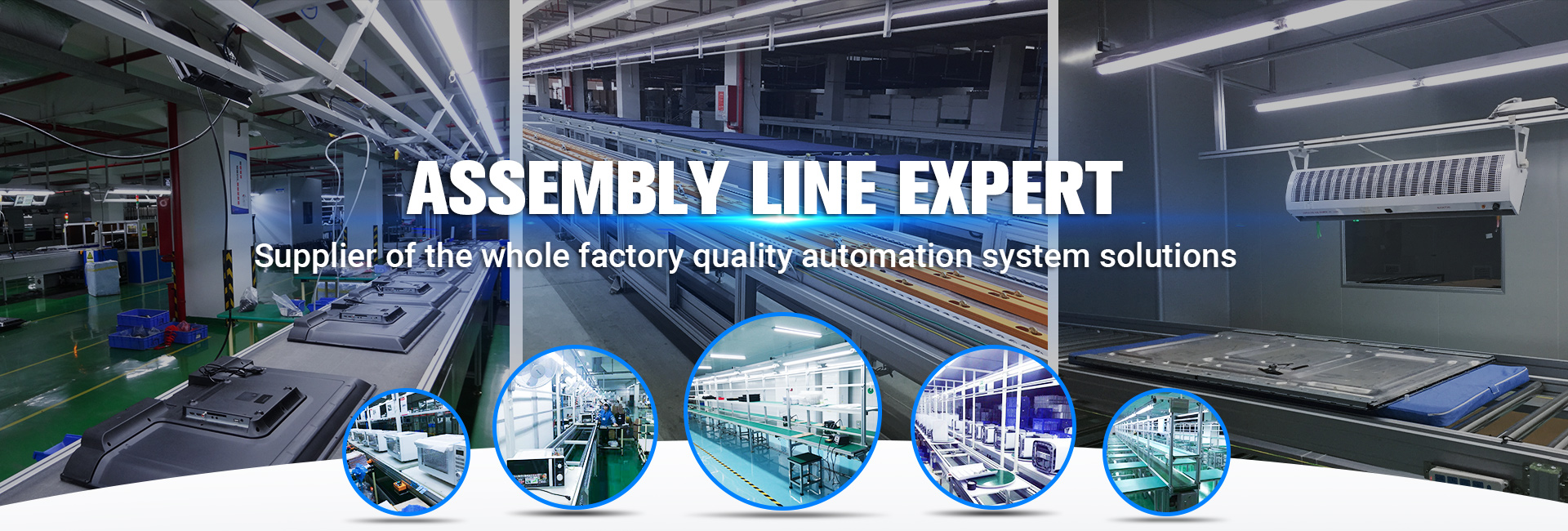Manufacturing has made significant progress in recent years, with 3D printing technology leading the way. These state-of-the-art machines are revolutionizing the production process, allowing us to create complex designs and prototypes with unparalleled precision and efficiency. The real game changer, however, is integrating 3D printers into assembly lines, pushing manufacturing to unprecedented heights. In this blog, we will explore the concept of 3D printer assembly lines, their advantages, and their potential for the future of manufacturing.
The emergence of 3D printer assembly lines.
A traditional assembly line involves a series of workstations, each dedicated to a specific task. These tasks often involve complex machinery or require skilled labor. By integrating 3D printers into assembly lines, manufacturers can streamline production processes, reduce production time, and increase overall productivity.
Advantages of 3D printer assembly lines.
1. Faster time to market: Using 3D printer assembly lines, manufacturers can quickly produce prototypes and conduct testing, significantly shortening product time to market. This speed enables companies to iterate on designs and improve quickly, enhancing the company’s competitive advantage.
2. Cost-effectiveness: The use of 3D printer assembly lines significantly reduces the need for expensive tools and molds typically required in traditional manufacturing techniques. By eliminating these costs, companies can better allocate resources, resulting in higher profits and lower product prices for consumers.
3. Customization: One of the most significant advantages of 3D printing technology is the ability to create personalized products on a large scale. By integrating 3D printers into assembly lines, manufacturers can easily accommodate custom designs and handle low-volume production efficiently. This flexibility helps meet individual consumer preferences while maintaining high yields.
4. Waste reduction: Traditional manufacturing processes produce large amounts of waste, causing environmental problems. 3D printing technology uses only the exact amount of material required for production, thereby significantly reducing waste, minimizing environmental impact and helping to promote sustainable manufacturing practices.
Future prospects and challenges.
While integrating 3D printers into assembly lines promises significant benefits, there are still some challenges that need to be overcome. As with any new technology, there will be a learning curve for manufacturers, requiring them to adapt to new workflows and equip their employees with the necessary skills. Additionally, the initial investment of purchasing a 3D printer and training employees can present obstacles for some companies.
However, it is expected that as the technology continues to mature and become more affordable, companies of all sizes will begin to utilize 3D printer assembly lines. Producing complex parts, quickly iterating on designs, and enabling unparalleled customization capabilities are just a few of the reasons this technology is here to stay.
The combination of 3D printing technology and assembly line integration marks a major shift toward a more efficient and sustainable manufacturing future. Advantages such as faster time to market, cost-effectiveness, customization and reduced waste make 3D printer assembly lines an attractive option for companies looking to optimize their production processes. As technology continues to evolve, its potential to shape the future of manufacturing becomes increasingly apparent, promising exciting advancements and opportunities yet to be explored.
Post time: Nov-07-2023



